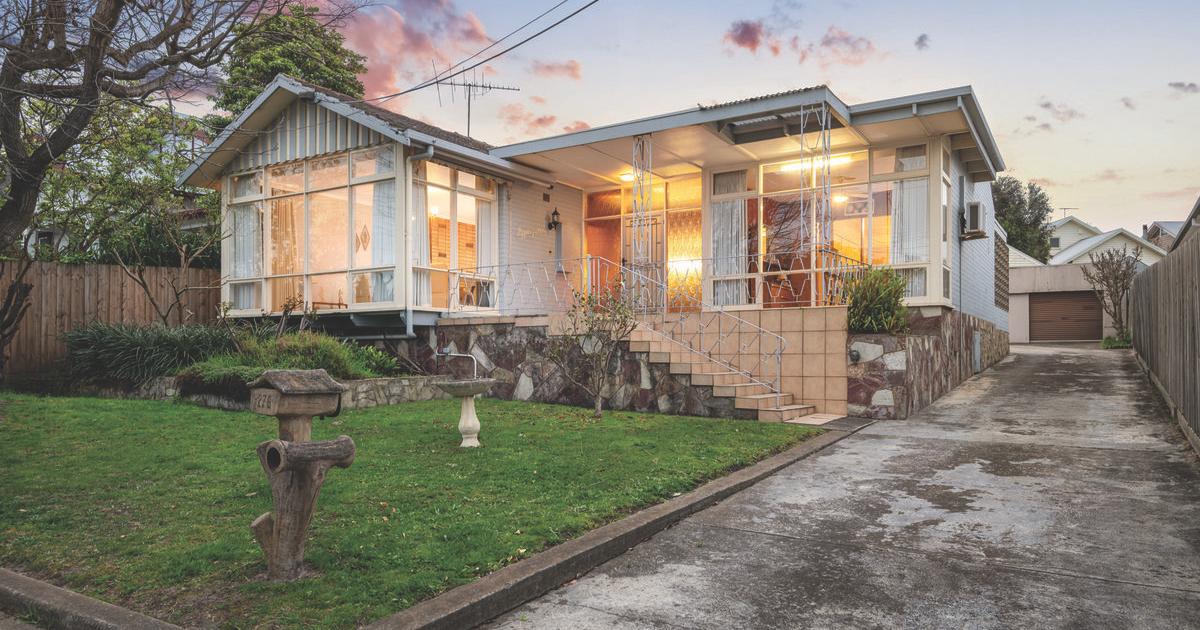Banks struggle to keep up with regional demand
The Surf Coast now holds six of the top 10 Highest Regional Median House Prices, with the remainder taken out by other Geelong and surrounding suburbs such as Barwon Heads.
Torquay comes in at 10th spot behind Lorne, Fairhaven, Aireys Inlet, Anglesea and Jan Juc, but had the highest volume of sales in 2020 at 259 according to CoreLogic, pushing the median house price to $921,206.
But for those still dying for a piece of the action in 2021, there’s a rocky lending road ahead. Lender turnaround times are commonly at least two to three weeks, well beyond the expectation of sellers and buyers alike, so the stress levels for all involved are at an all-time high.
Being “ready to go” has never been more critical. Nor has the ability to put your best foot forward, especially if there’s been any COVID-19 impact on employment or business cashflow.
If you’ve seen our tips before, some of these may be familiar, and never more important to follow:
1. Tick all of the lender’s boxes, first time.
Latest payslips; bank statements showing credits and savings pattern; tax returns; existing liability statements with clear history; latest rental statements; ID, etc. The application doesn’t get past first base unless everything is in order and up to date, and provides clear evidence of the position.

2. Clear flow of money and savings
If you’ve started out with the Barefoot Investor, make sure it’s working for you, or ditch it for an alternative. Moving money here, there and everywhere with no clear line to a savings pattern just creates confusion, and in some cases suspicion.
Ideally, funds to complete the transaction should be in one account, ready to go, and the account should have been increasing over time.
3. Simplify the complex
Particularly important for small business owners is the need to show how the structures work. Who owns what? What entity links to what? Who is entitled to what income? Where is the tax paid? At the end of the day, the taxable income of the applicants is what will count, in most cases. Pictures can be great in these complex situations.
4. Mitigate risks (especially COVID-19)
More importantly than ever, think like a banker and consider what concerns would they have in the current environment. How secure is the income? What about the tenants? How has the business fared? Show them. And remember, COVID grants and JobKeeper payments are not an ongoing source of income, so this year’s cashflow will be “normalised” to remove these figures. The good news is that as we return to degrees of normality, some lenders are starting to apply some common sense, and looking for current turnover to reflect 2019, rather than the bumpy ride of 2020.
5. Pick a lender who “fits” the situation
Different banks are simply not experts at the same things, even the basics! Some are great with inconsistent income, like emergency services. Others are better than others with self-employed applicants. Most treat trusts and other structures differently when it comes to income, as well as depreciation and existing debts.
Some even have a bent toward (or away from) particular industries.
6. Turn the tables around
Finally, treat it like a pitch. Gone are the days of providing the banks with as little as possible. They’ve been slapped during the Royal Commission for potentially irresponsible lending, immediately prior to a global pandemic. Their job is to be conservative, and forensic in their investigations, and they have more connected systems at their fingertips than ever.
By providing everything they need clearly laid out, how can they say no? If you need help painting the picture, and getting that yes, get good advice.
Contact Lanie Conquest or Nicola Tucker at Surf Coast Finance by phoning 03 5264 7702 or emailing [email protected]. Head to surfcoastfinance.com.au for more.


















